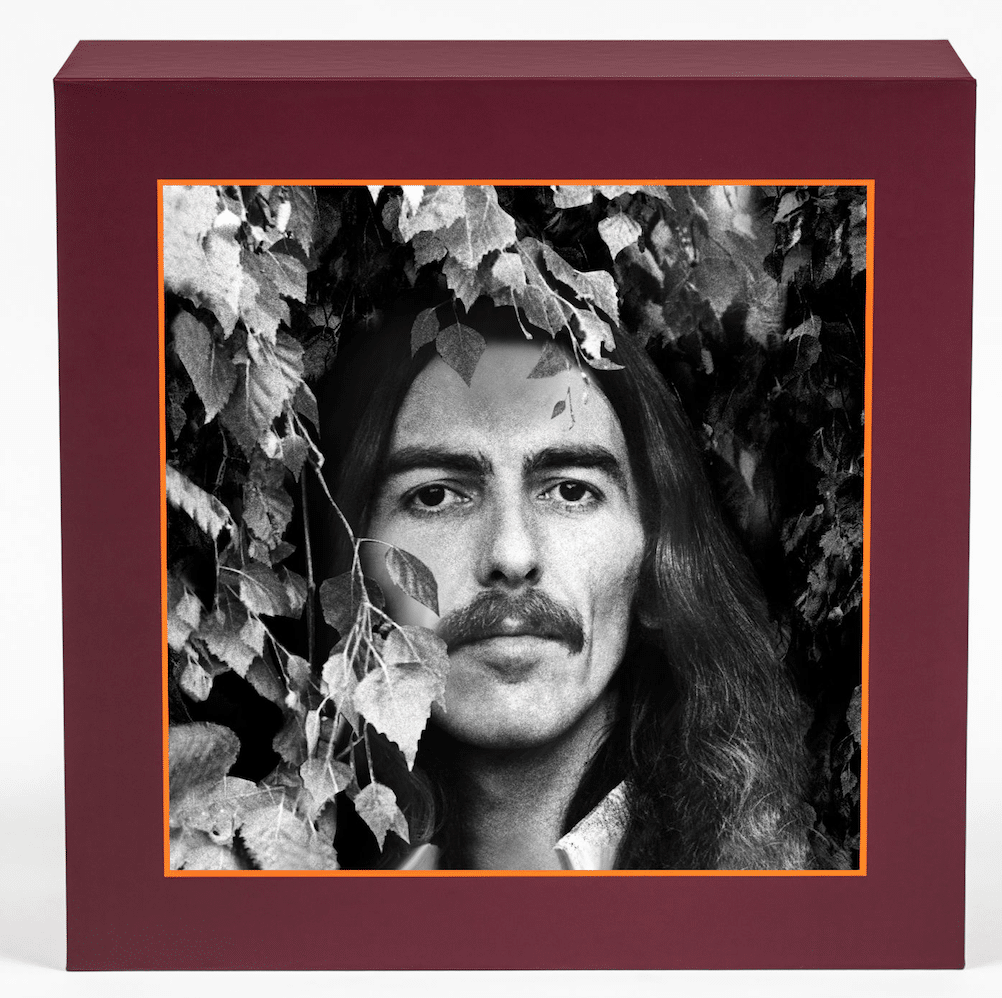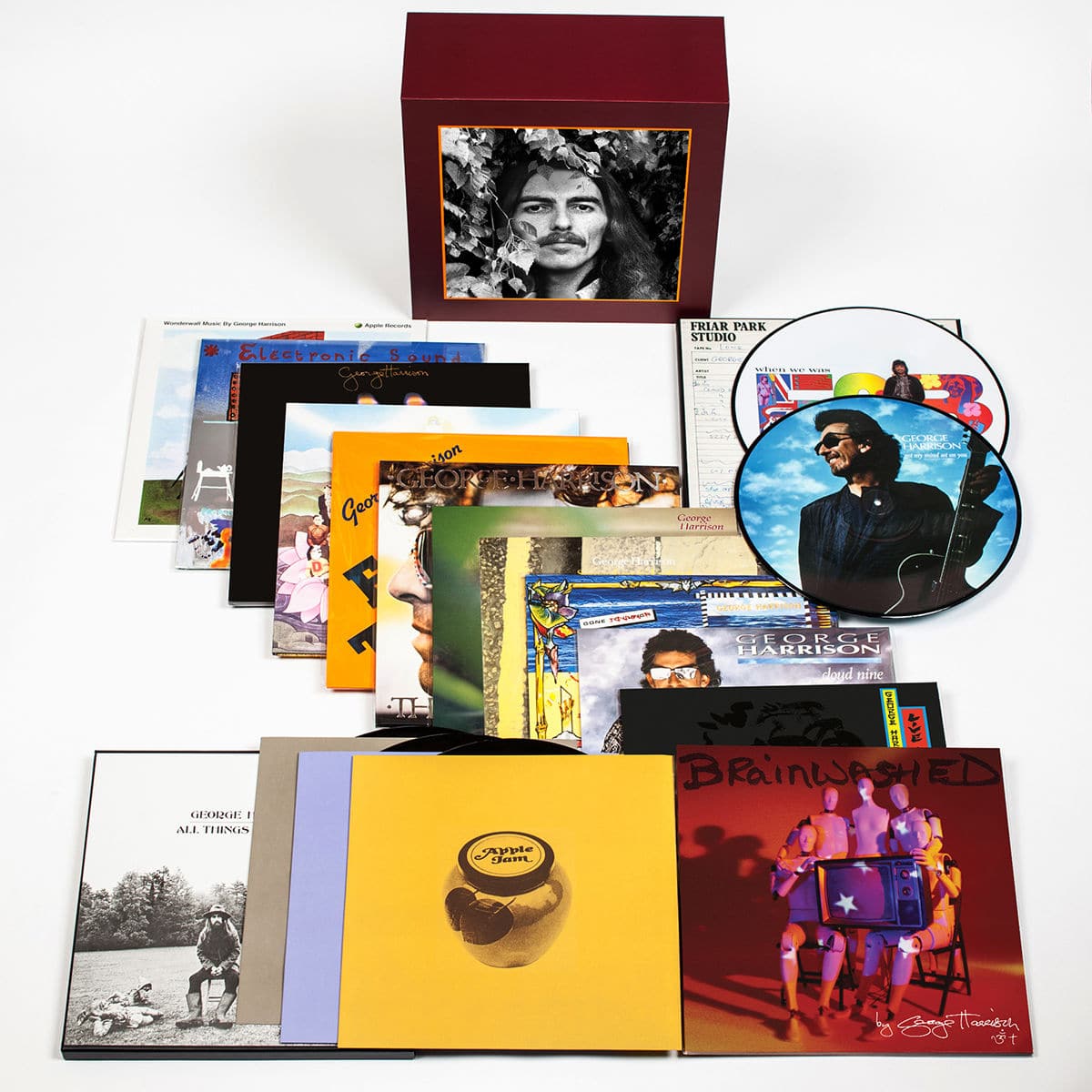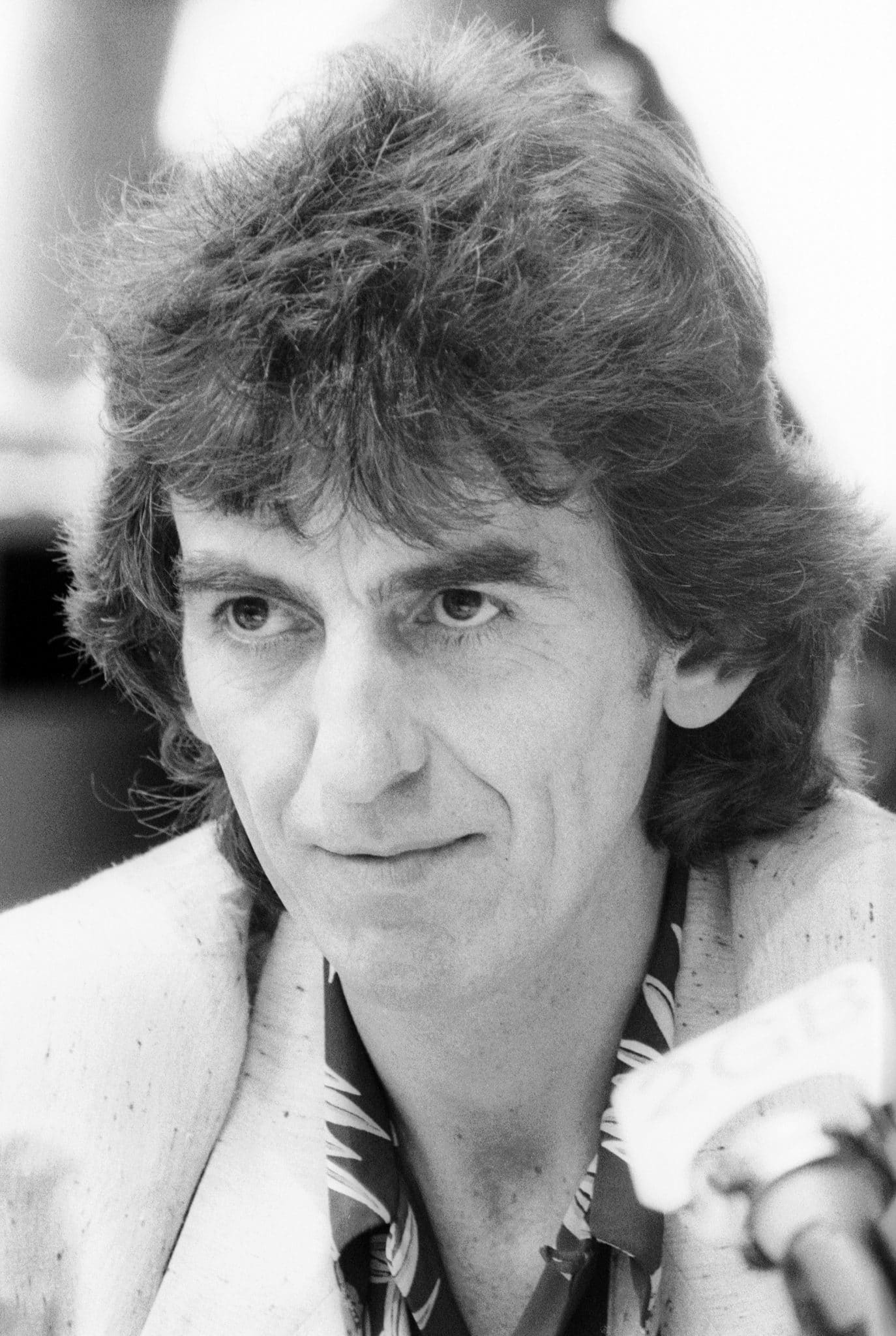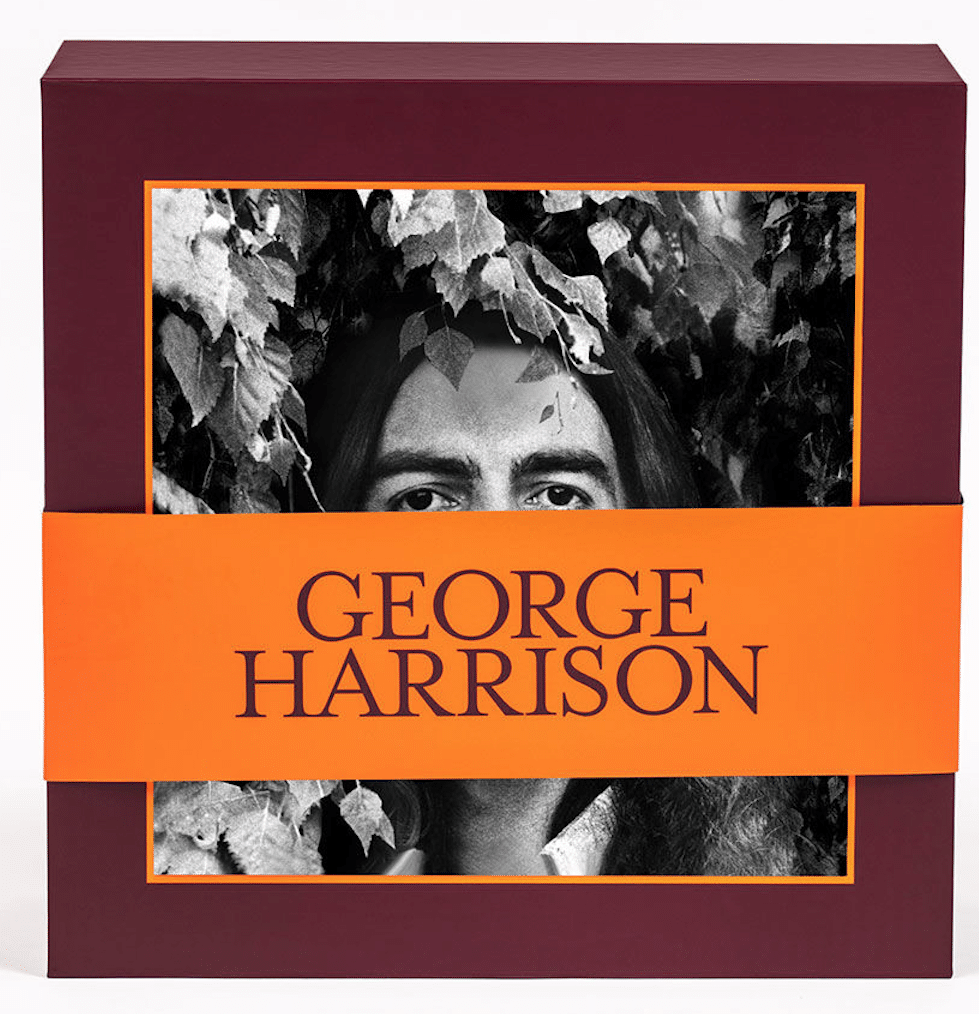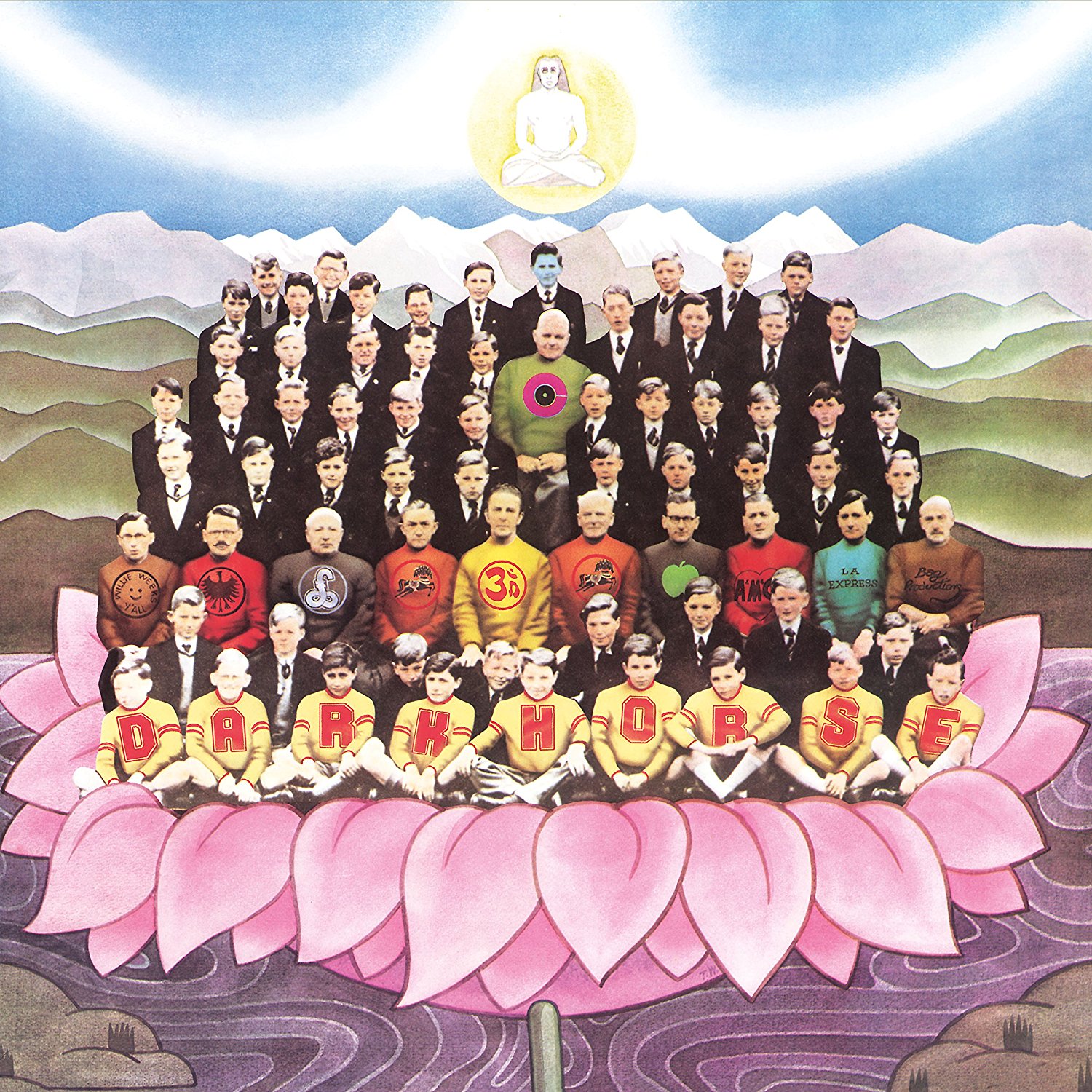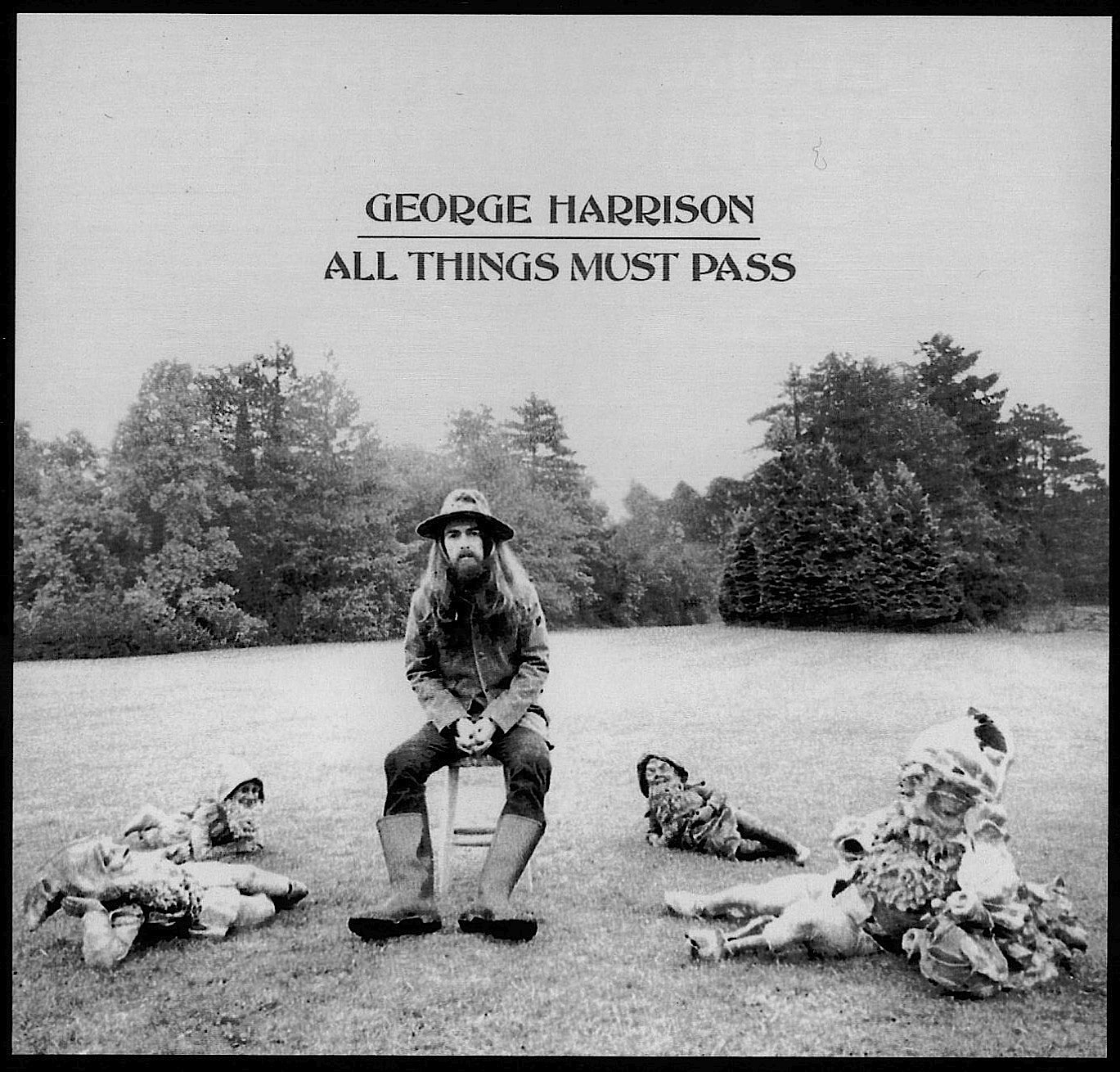The Article
GEORGE HARRISON VINYL BOX SET: THE ULTIMATE REVIEW
8th June 2018
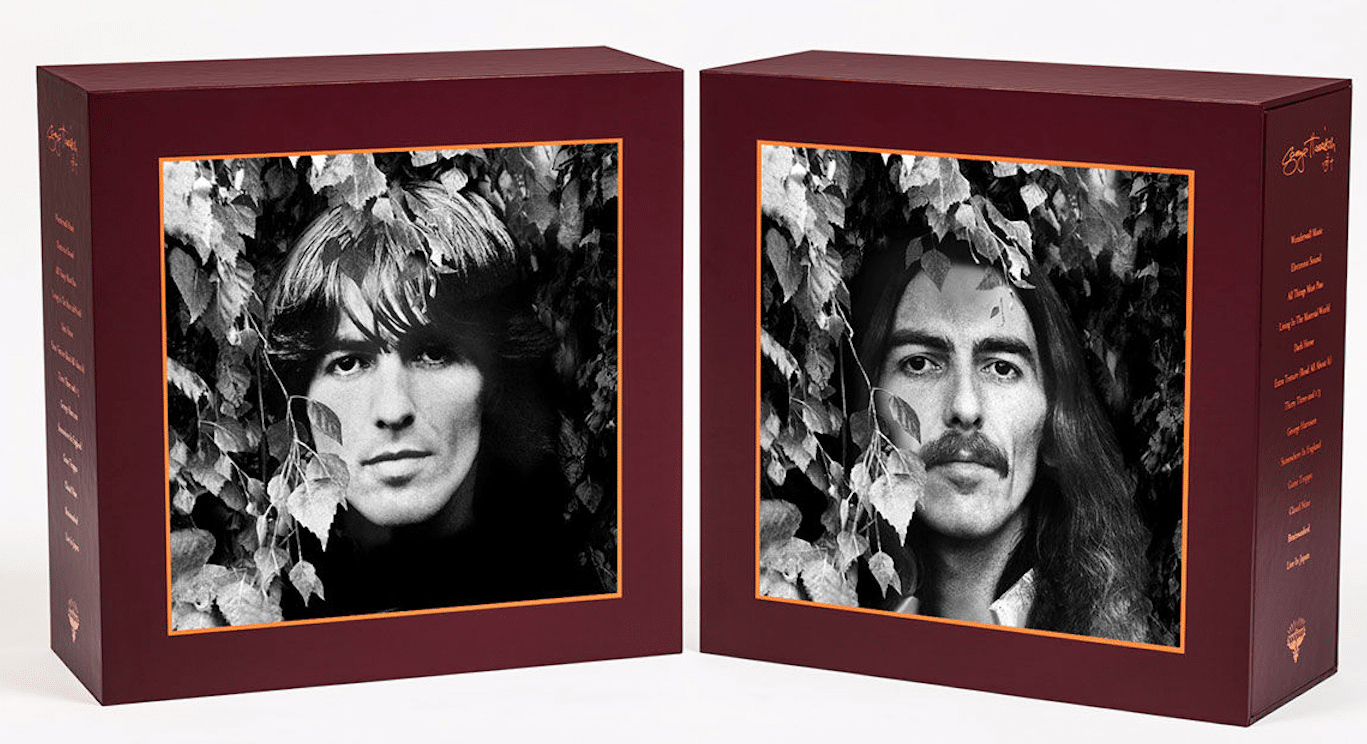
Presenting the magnificent George Harrison 16LP box set, Paul Rigby undertakes a detailed sound test and talks to the mastering engineers behind it, Lurssen Mastering’s Gavin Lurssen and Reuben Cohen
George Harrison’s two CD/SACD box sets, covering his solo discography, have been on the shelf for some time (they were released in 2004 and 2014, respectively). I wondered if we’d ever see a vinyl box set of the same and, if it did appear, whether it would follow a similar two part template.
Just the one, it appears because UMC has now released a single 16LP vinyl box set, The George Harrison Vinyl Collection. With the albums also being made available as standalone releases, the collection has been pressed on 180gm vinyl mastered from the original analogue tapes and cut at Capitol studios.
Buyers will notice immediately that the slipcase box features…movement. Via the lenticular cover, showing two faces of Harrison as he matured during his solo years.
The full contents list for the set includes: Wonderwall Music (1968), Electronic Sound (1969), All Things Must Pass (1970), Living In The Material World (1973), Dark Horse (1974), Extra Texture (1975), Thirty Three & 1/3 (1976), George Harrison (1979), Somewhere In England (1981), Gone Troppo (1982), Cloud Nine (1987), Live In Japan (1992) and Brainwashed (2002). The set also includes two bonus 12” picture discs: When We Was Fab and Got My Mind Set On You, both from the 1987 album Cloud Nine.
Before tackling the LPs, I was fortunate to chat with the two mastering engineers responsible for the sonic production of this new analogue set: the multi-award winning Gavin Lurssen and Reuben Cohen of Lurssen Mastering in the USA.
Lurssen described how his company got involved with the project, “I had worked with Dhani Harrison. I’d met him on a Ben Harper project called Fistful of Mercy with Dhani and Joseph Arthur. Dhani lived in town. Everyone seems to know everybody else and, if they don’t, they know everyone through one degree of separation.”

Friendship grew into trust and the invitation to work on this set. Paul Hicks (who began his career at Abbey Road) was the guy who handled the actual tape transfer. In this case, to 24bit/192kHz.
Why 192kHz? Why not DSD for this George Harrison set? The Rolling Stones mono box set was processed using DSD files, for example, “When you go into proprietary formats,” said Lurssen, “it limits abilities. The PCM transfer adds flexibility to help future proofing. Everyone can play PCM. For an archival format – which is aimed at the future – PCM is something that can be read. We’ve never actually discussed that but I’m guessing that’s the reason.”
So why not 384kHz then? “It’s got to do with what the gear’s capabilities are and the necessity regarding time,” said Lurssen. “Also, in my opinion, the ear’s hearing range is all achieved from 192kHz. With 192kHz, you’re gaining as much information as you can get. If you open the gates wider, the information coming in doesn’t increase, the gate is just a little wider. It’s not going to buy you anything else really. Also, some of the gear won’t work at that rate. Many people in the audio field believe that 96kHz is fine. Our feeling is that 192kHz is really where it should start.”

Yet there are audiophile voices out there who would say that 192kHz doesn’t give you everything that vinyl can offer. Lurssen was ready for that one, “Every time you do anything, there is compromise. An actual recording. That in itself is a compromise. If I’m sitting in front of an orchestra…that is the purest form of intake. If I then record that orchestra under the very best of conditions and circumstances where even money is of absolutely no object, for later replication, it’s not going to be as good. It won’t be as good as actually sitting in front of that orchestra. Everything that you do that is other from sitting in front of that orchestra, is a compromise. To me, it’s a feel thing and at 192kHz, I feel fine. When I work at lower rates, I detect it.”
Some vinyl fans shudder when the notion of any sort of digital is included within an analogue project but Lurssen believes that digital is a must and it’s here to stay, “The idea is to get the work done with the minimal carnage,” he said “When you work on these old and fragile tapes, some are brittle and if you make analogue tape copies then you’re picking up degradation. When you handle the tapes and you rewind back and forth and you’re EQing every track, you risk destroying the original tapes. Storing in the digital domain, it gives us the flexibility to really give the sonic treatment of the music into the exact place that we want it.”
This means that the team could reach into a track pull out the information required, fix it and plug it back again. You can’t do that by mastering with analogue tape. That is, not to such detailed and exacting standards.
There’s more to Lurssen’s mastering techniques than this though. Lurssen and Cohen went one step further than most mastering engineers, at least in my experience. What most mastering engineers do is to transfer a tape into digital, they edit it in the digital realm, then save it as digital and send that file to the cutting engineer. Lurssen didn’t do that.
What the team did was to take an element of the music that required attention from the digital source and converted that back into analogue then brought it into their analogue console. You know the type, the old fashioned console with switches and knobs and sliders. This is where the work was done, in the analogue domain. Here, the engineers moved physical controls to do their editing. Once completed, that newly edited piece was converted from analogue to digital and saved.
Now, you’re thinking, what is the point if it ends up as a digital file anyway? Well, apparently it does make a big difference in the final sound, retaining an analogue feel. This is why Lurssen end up with two sets of digital files: high-res pre-mastering and high-res post-mastered files.
As for the work itself? Well, apparently the tapes were in good condition and there were no real problems. Nothing to actually ‘fix’. Cohen did mention that the tapes needed an infusion of energy, though. This is one of the problems of old master tape, the slow dissipation of that energy, “We initially had the benefit of hearing other formats from previous masters,” this formed a working reference. “We then used many processes but each of those processes would do only a little bit of work,” said Cohen. “You wouldn’t hear any one process doing a lot of heavy lifting. A little here and there will sound natural and effortless. All of those processes are inter-related to give a global process.” That is, if you over apply any one element of processing, the listener will hear it. If you ask a group of processes to do do various jobs in subtle ways then the final music retains its organic and natural hue. As Lurssen said, “Our job was to make it sound as if we were never there.”

So, has the team done just that for this George Harrison discography? I used my reference valve-based hi-fi chain to find out.
SOUND TESTS
I began the test with the 1987 album, an original pressing of George Harrison’s Cloud Nine and the title track of the same. Be reassured about the volume of the cuts on this box set. This album is symbolic of the set as a while. This is a low cut in terms of volume. In fact, I had to increase my pre-amp’s gain by two clicks to reach the level of the original LP. Once done I was impressed by the amount of air and space around the broad soundstage. Particularly the reverb response both hanging off the Harrison guitar and his lead vocal. Both added new reverb tails. There was also increased focus to the presentation that, added to the midrange space, allowed the secondary percussion to be more prominent in the mix while each instrument now offered far greater tonal realism. Particularly the guitar and the backing sax.
Going back in time, I then turned to 1974’s Dark Horse (this time a Music For Pleasure – MFP – re-press) and the track Hari’s On Tour-Express. The new cut variant was far more relaxed and open in nature. The MFP issue was overly compressed and bright within the upper mids, giving the treble a pinched presentation. The new master allowed the brass on this instrumental to convey its resonance and, for the saxes, a definite reedy sense during crescendos. The general instrumental separation, in fact, gave more elbow room to the busy soundstage, allowing the ear to pick even the more elusive cymbals and the low key piano.
Reaching further back in time and an original 1970 cut of All Things Must Pass and the classic hit single from it, My Sweet Lord. I was very pleased to hear that the new master takes a lot more notice of the bass frequencies on this track. The original master – most surprisingly – tends to relegate them almost off the entire soundstage. Hence, there is more weight to the initial strumming guitars and the mid-song entrance of the drums is much more of an event. The sense of tonal accuracy is thus further enhanced.
The enhanced clarity and transparency combined with the instrumental separation to allow the ear to pick up secondary percussion such as the tambourine with ease while the strumming guitar during the chanting backing vocals was to the fore with the bite of the strum noticeable by its impact. Those chanting vocals were a whole lot more ethereal in nature here, which just added to the spiritual nature of the song itself.
Really, this A-B comparison for the George Harrison vinyl box set showed that there really is no comparison. Quite apart from the new box set remaster being up to scratch – it is – the new Lurssen remasters actually surpass the sonic quality of the original cuts. Greater clarity, much more detail, delicately added precision, fragile yet delicious midrange insight and a much needed tonal balance makes this new box set a magnificent achievement. If the Lurssen boys don’t get another Grammy for this effort then I’m sending the boys ‘round.
Don’t forget to check out my Facebook Group, The Audiophile Man: Hi-Fi & Music here: www.facebook.com/groups/theaudiophileman for exclusive postings, exclusive editorial and more!]

